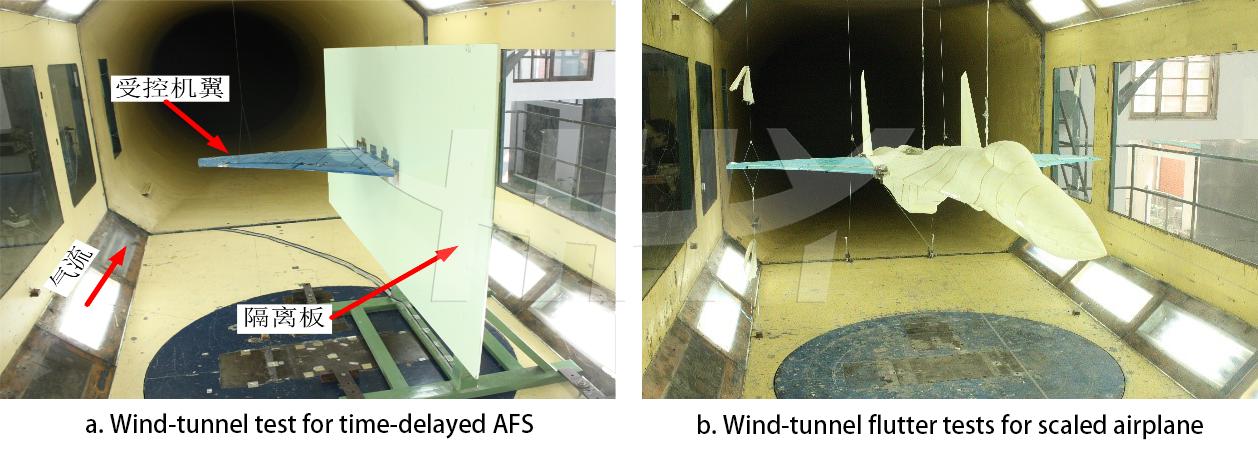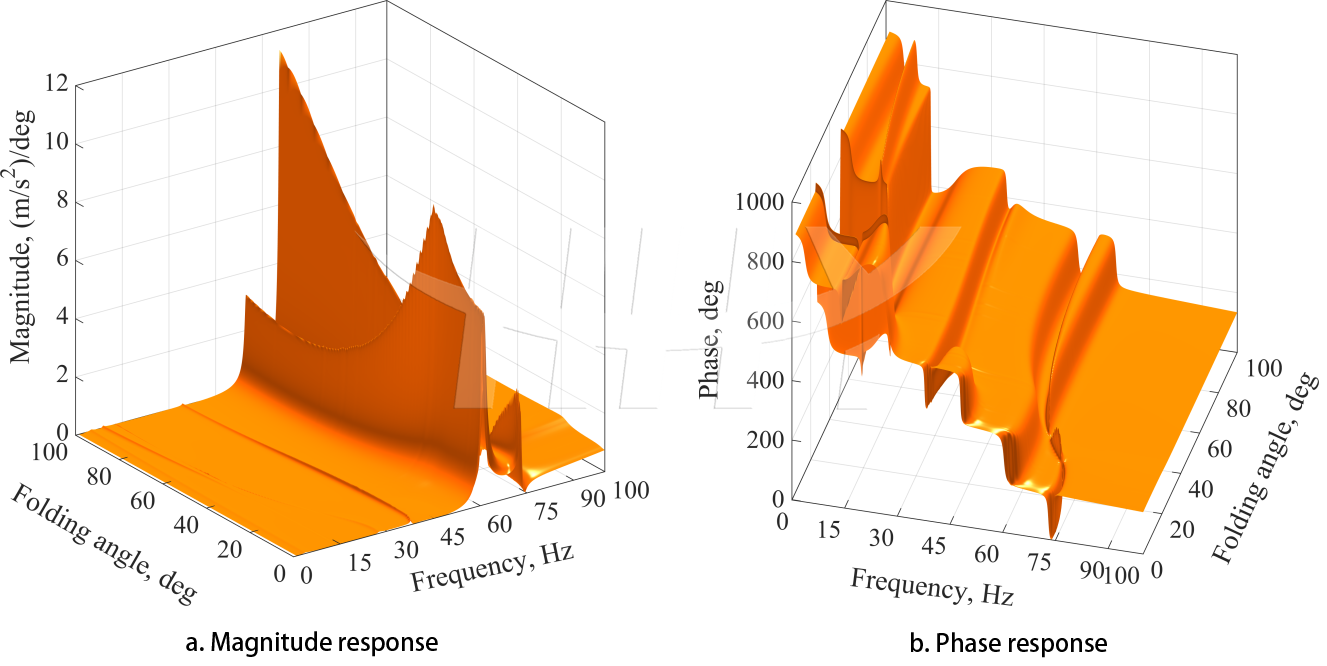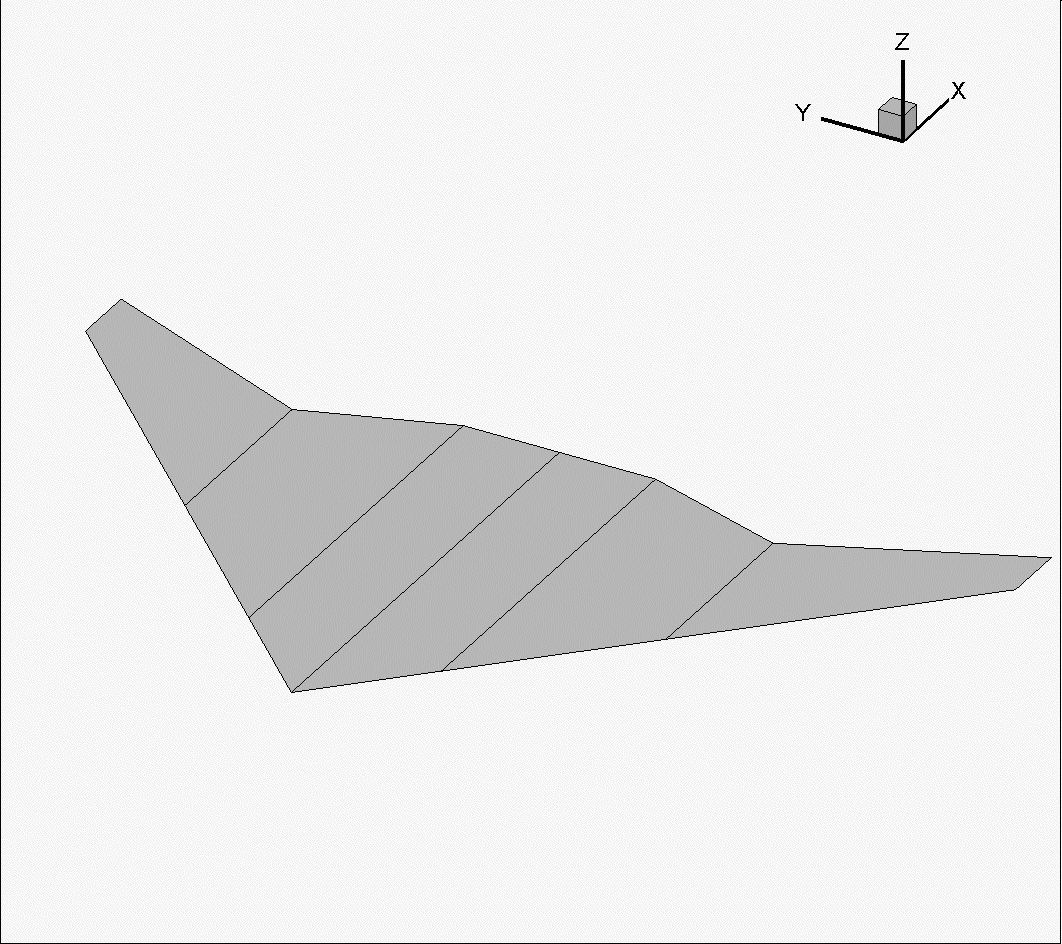❶
Data-Driven Modeling for Complex Systems
With improvements in numerical computing technologies and experimental measurements, a large amount of high-fidelity data of complex dynamic systems has become available. This gives new insights into complex dynamic systems. For instance, complex high-dimensional flows often contain typical spatiotemporal patterns, including the Karman vortex street in the cylinder wake and shock wave oscillations in transonic flows. The observation and recognition of these coherent structures provide a means of reduced-order modeling of high-dimensional complex flows, which means that the high-dimensional dynamics of complex flows can be approximated using a reduced dynamic model of typical structures.

Figure 1 Schematic overview of data-driven modeling for Complex Systems
❷
Nonlinear Aeroservoelasticity of Advanced Aircrafts
Aeroservoelasticity, as a multidisciplinary study of interactions among various structural dynamics, unsteady aerodynamics, and the control system, has been a primary tool in achieving desirable flight characteristics in modern aircraft. One of the applications of aeroservoelasticity (ASE) is the Active Flutter Suppression (AFS) technique, which can be used to reduce the structural weight required to prevent flutter or to actively stabilize the configuration when flutter occurs in an existing aircraft. Another application of ASE is Gust Load Alleviation, which is a very important aerospace technology to effectively alleviate the gust response and wing-root bending moment for the large commercial airplane.

Figure 2 Wind-tunnel tests for aircraft aeroelasticity and aeroservoelasticity

Figure 3 Adaptive feedforward control for GLA
❸
Morphing Wing Technology
As a new flight concept, morphing aircraft can adapt to multipoint mission requirements that to date have been performed by different types of aircraft. The morphing aircraft can change its wing configuration autonomously to match different flying environments while still retaining optimum flight performance. However, such in-flight changes in the wingspan and the wing planform area may induce some aeroelastic problems because of the properties of the structural dynamics and unsteady aerodynamics change during the morphing process. At present, it is a great challenge to study the time-varying aeroelasticity and aeroservoelasticity of the morphing wing considering the variation in the morphing parameter.

Figure 4 Frequency response surface of a morphing wing

Figure 5 Time-varying dynamics for a morphing wing





